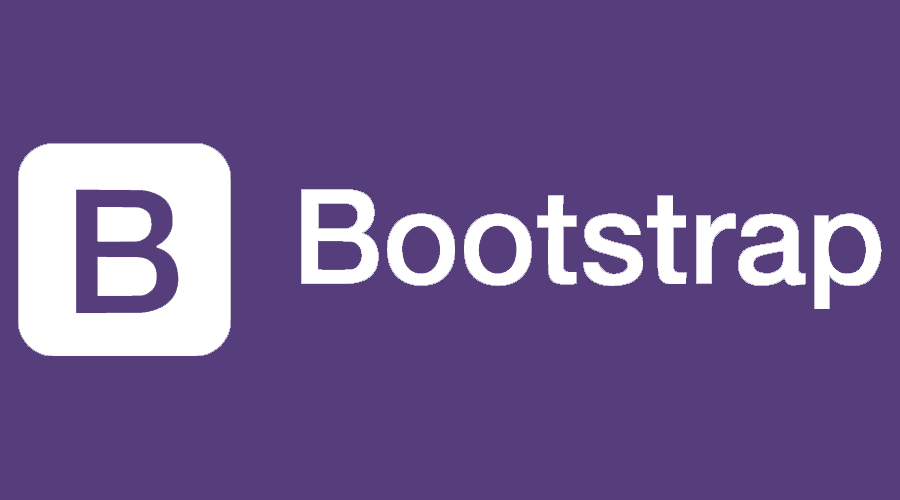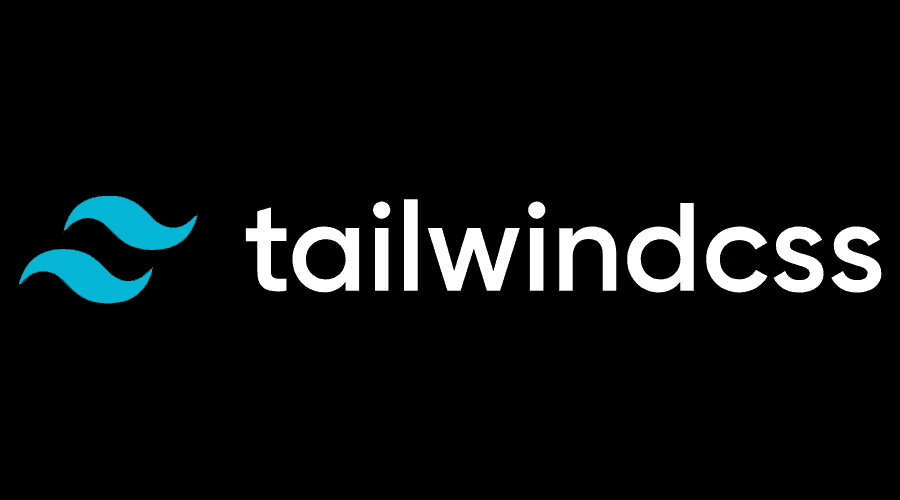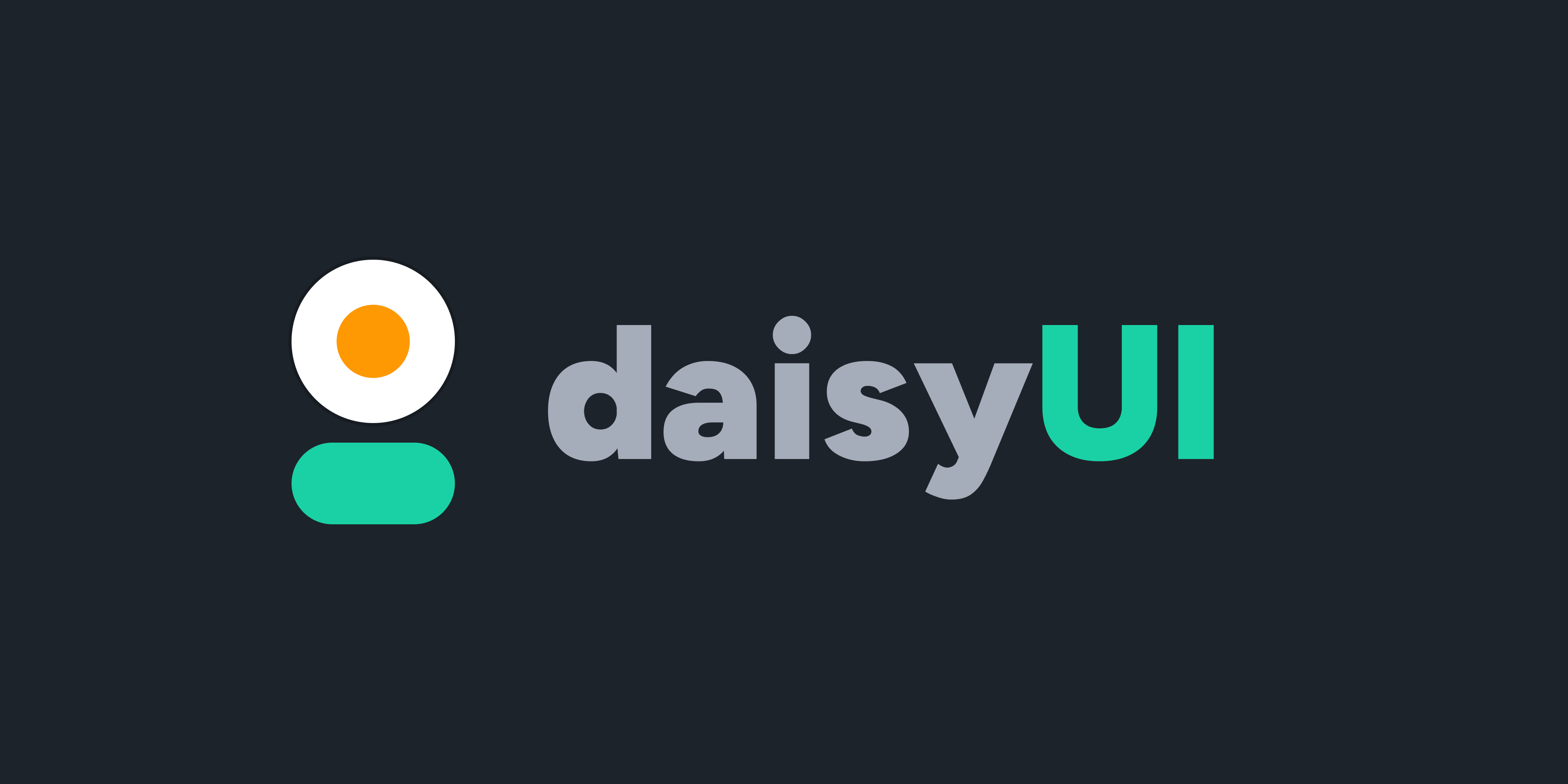Bootstrap vs Tailwind CSS

Styling your web applications is a critical aspect of web development, and choosing the right CSS framework can greatly impact your workflow and project aesthetics. Bootstrap and Tailwind CSS are both popular frameworks for web development and in this discussion we'll explore their advantages, disadvantages, and differences.
Bootstrap

Bootstrap has been a go-to CSS framework for many developers. It provides a comprehensive set of pre-designed components and utilities, making it easy to create responsive and visually appealing interfaces. Bootstrap follows a component-based architecture, allowing developers to quickly build layouts without diving deep into custom styling.
Key Features of Bootstrap:
-
Component Library: Bootstrap offers a rich library of components like navigation bars, modals, and buttons, speeding up development.
-
Responsive Grid System: A powerful grid system enables the creation of responsive layouts that adapt to various screen sizes.
-
Extensive Documentation: Bootstrap's documentation is comprehensive, making it easy for developers to find information and solutions.
Tailwind CSS

Tailwind CSS takes a different approach by providing low-level utility classes that developers can combine to build custom designs. It embraces a utility-first philosophy, allowing for more flexibility in styling. Tailwind is highly configurable and can be tailored to fit the specific needs of a project.
Key Features of Tailwind CSS:
-
Utility-First Approach: Tailwind provides a wide range of utility classes for styling, giving developers fine-grained control over the design.
-
Highly Customizable: Developers can configure Tailwind to include only the styles needed, resulting in optimized and minimal CSS output.
-
Rapid Prototyping: With the utility-first approach, prototyping becomes faster as developers can apply styles directly in the markup.
Tailwind CSS Libraries
DaisyUI

DaisyUI is a collection of UI components and utilities designed specifically for Tailwind CSS. It extends the functionality of Tailwind by introducing additional components, making it easier to create complex interfaces.
Chakra UI

Chakra UI is a popular component library built with React and Tailwind CSS. It provides a set of accessible and customizable components that integrate seamlessly with Tailwind. Chakra UI is known for its simplicity and ease of use.
Conclusion
Choosing between Bootstrap and Tailwind CSS depends on your project requirements and personal preferences. Bootstrap's component-based approach suits projects that benefit from a quick start and standardized components. On the other hand, Tailwind CSS, with its utility-first philosophy, offers a highly customizable and flexible styling experience.
Tailwind CSS, enhanced by libraries like DaisyUI and Chakra UI, empowers developers to create modern, responsive, and unique user interfaces. As you embark on your next project, consider the strengths and trade-offs of each framework to make an informed decision based on your development style and project goals.
Feel free to explore the documentation and demos of Bootstrap and Tailwind CSS to gain a deeper understanding of their capabilities.